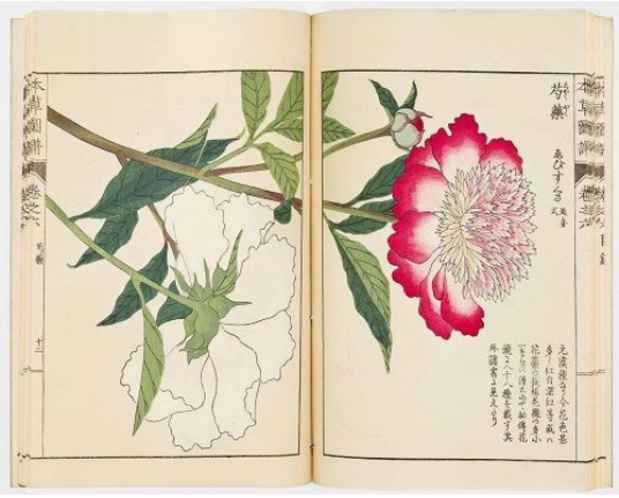Museum of Medicinal Herbs
Lixil Gallery Osaka

This event has ended.
Kampo (herbal medicine) is a familiar part of everyday life in Japan. Its roots are found in the honzo-gaku (herbology) that developed in the Edo period (1603-1868). In late Edo, herbs used in medicines became so precious that the Shogunate adopted a policy of domestic cultivation. As evidenced by the many herbals and illustrated plants published at the time, interest among people in medicinal herbs was strong. It was also in this period that research expanded from medicinal herbs to plants in general and that public interest in plants grew. Around this time, a man deeply knowledgeable about medicinal herbs appeared—the Morino family’s first generation Tosuke, Tosuke Michisada (pseudonym: Saikaku). Saikaku, who also worked on behalf of the Shogunate’s domestic cultivation policy, opened Japan’s oldest extant private herbal garden, “Morino-Kyuyakuen Garden” (Uda, Nara prefecture). In his late years, he completed the Matsuyama-honzo (“Matsuyama Herbal”) containing some 1,000 brightly colored illustrations of plants depicted with a botanist’s eye for detail. Saikaku’s wisdom of learning from the past to build for the future still lives today in this herbal garden. This exhibition, while keeping a focus on “medicinal herbs,” looks at Morino-Kyuyakuen Garden which faithfully carries on Saikaku’s thinking. Displayed, along with photographs and film, are about 90 important botanical illustrations created in the Edo period and in the subsequent era when herbology was reborn as modern botany.
Media
Schedule
from December 04, 2015 at 10:00 to February 06, 2016 at 17:00
Closed on Wednesdays and 12/29 (Mon)–1/6 (Sat).